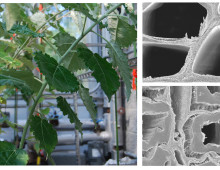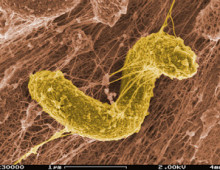The poplar genome’s impact, a decade on
During his keynote speech at the DOE Joint Genome Institute’s Annual Genomics of Energy & Environment Meeting, science writer Carl Zimmer discussed the status of personalized medicine following the completion of the Human Genome Project. In an article published online October 25, 2012 in Tree Physiology, researchers including Oak Ridge National Laboratory’s Jerry Tuskan present a similar… [Read More]



